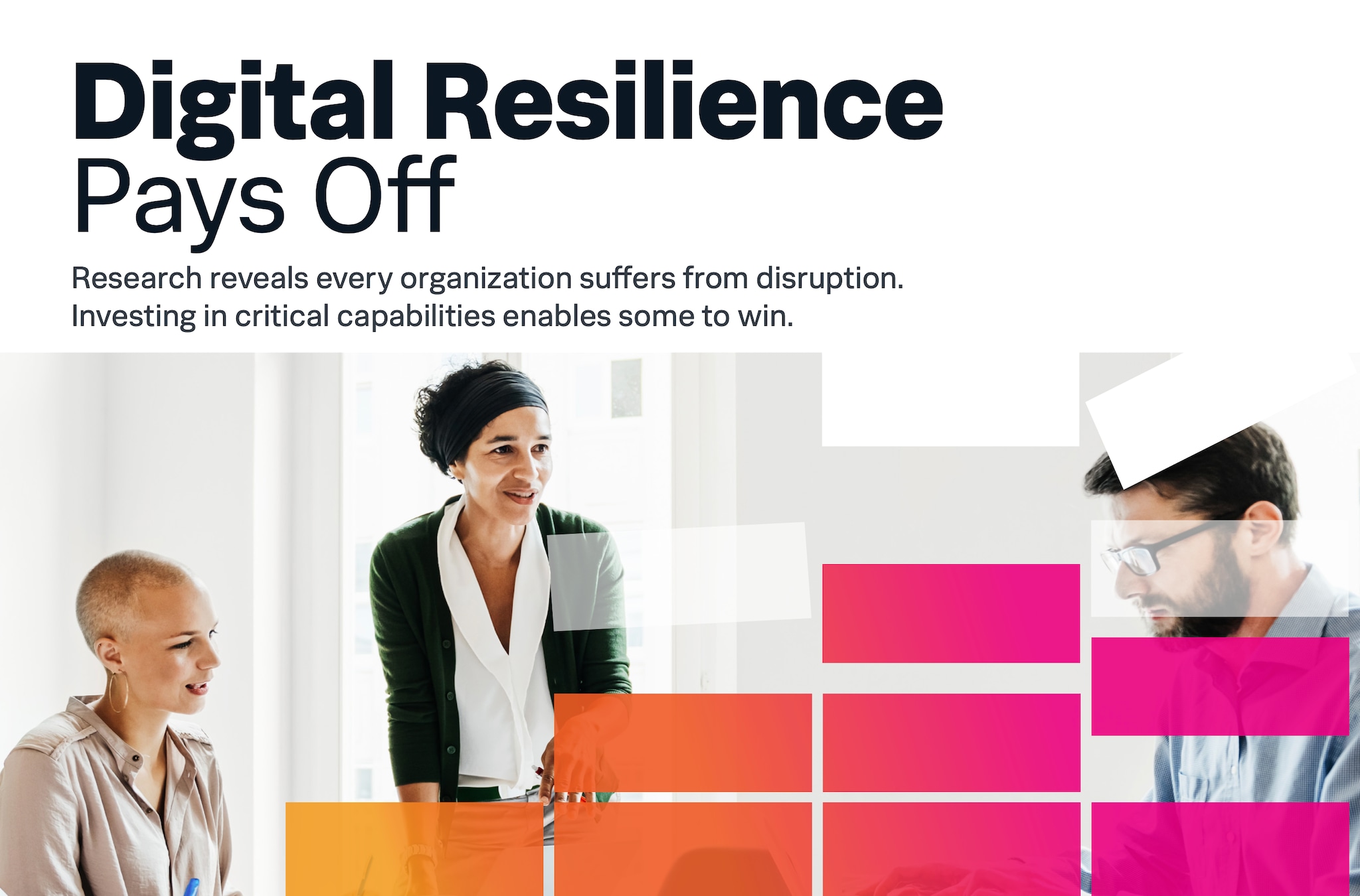The Results Are In! What Are Your Peers Doing for IT Event Management?

The start of a new year often sparks us to take a look at goals we want to accomplish in the year ahead. There’s no doubt that businesses look to do the same thing as many head into the beginning of their next fiscal year. How can they cut costs? Improve inefficient processes? Invest in new tools and talent?
For IT one top-of-mind question is: “How will my organization begin to develop and invest in an AIOps strategy so we can continue to successfully maintain uptime and deliver services for our customers?” And event management is part of a strong AIOps strategy.
Quocirca recently conducted a survey of 1,000 respondents from all over the world that provided insight on how organizations cope with common event management pain points. All respondents were in senior IT management roles from organizations of all sizes and from a variety of industries, including manufacturing, financial services and public sector.
Here are a few of the interesting results:
1. How common are the following methods of detecting incidents within your organization?

The most common method was, in fact, human IT operators. In second was using the help of automated monitoring tools. As we know, event management tools were created to decrease the manual and non-human scaleable amount of events that overwhelm the IT analyst. So it’s safe to say most organizations rely on their NOC and monitoring tools together. In close third was end-users reporting the incident to the organization—a less-than-ideal state.
2. How well would you say your organization copes with the volume of events generated by monitoring tools for identification of incidents?

As we see, overall, regardless of company size, organizations “just about manage.” The small and medium company sizes had a larger threshold of those who could “easily manage,” but regardless, the average across the board tells us that organizations are just keeping their heads above water, and could use improvement in their event management tools.
3. How well do organizations use the following capabilities with their event management processes to identify and resolve incidents quickly?

Diving a little deeper in how the above capabilities in their event management process help to identify and resolve incidents quickly, regardless of what part of the process, the majority of organizations felt overall that they were managing it “somewhat well.” Across the board, the ability to manage “very well” was almost equal to those who had no event management process at all. Interestingly, organizations were most confident in their ability to prioritize events, whereas they were least confident in their ability to apply machine learning algorithms and configure rules efficiently.
4. What has the biggest impact on the efficiency of your organization’s IT operations?

Repeat incidents and duplicate incidents took the number one and number two slots as the top problems IT faces, whereas a high time to triage and manual effort to parse events/alerts were of the least concern.
As you can see from these results, IT teams are keeping up, but the bulk could use help to not just stay afloat, but to surge ahead. These teams could use help to automate incident detection, to easily manage the volume of events generated, and lower the amount of repeat and duplicate incidents. This is where Splunk IT Service Intelligence (ITSI) comes in. Splunk ITSI uses AIOps powered by unique machine learning algorithms to avoid outages and decrease your MTTR, while enabling a view across all the silos you find yourself facing in IT.
We’ve seen customers:
- reduce their event noise by 95-98%, and
- decrease the number of IT incidents by 30-40%
- while decreasing their MTTR by 70-90%.
In addition, when you use ITSI with the Machine Learning Toolkit, the machine learning capabilities learn from the historical incident data and can predict your Service Health Score’s impact seven to 30 minutes before it it happens.
Read the Quocirca Report, Damage Control: The Impact of Critical IT Incidents, to learn more about what IT pain points your peers are facing and the strategies they are implementing to combat these incidents. Take it a step further by plugging your organization’s numbers into our Critical IT Incident Calculator to calculate the estimated cost of critical IT incidents to your business and discover how you stack up against your peers when it comes to incident management.
----------------------------------------------------
Thanks!
Taylor Crump
Related Articles
About Splunk
The world’s leading organizations rely on Splunk, a Cisco company, to continuously strengthen digital resilience with our unified security and observability platform, powered by industry-leading AI.
Our customers trust Splunk’s award-winning security and observability solutions to secure and improve the reliability of their complex digital environments, at any scale.




